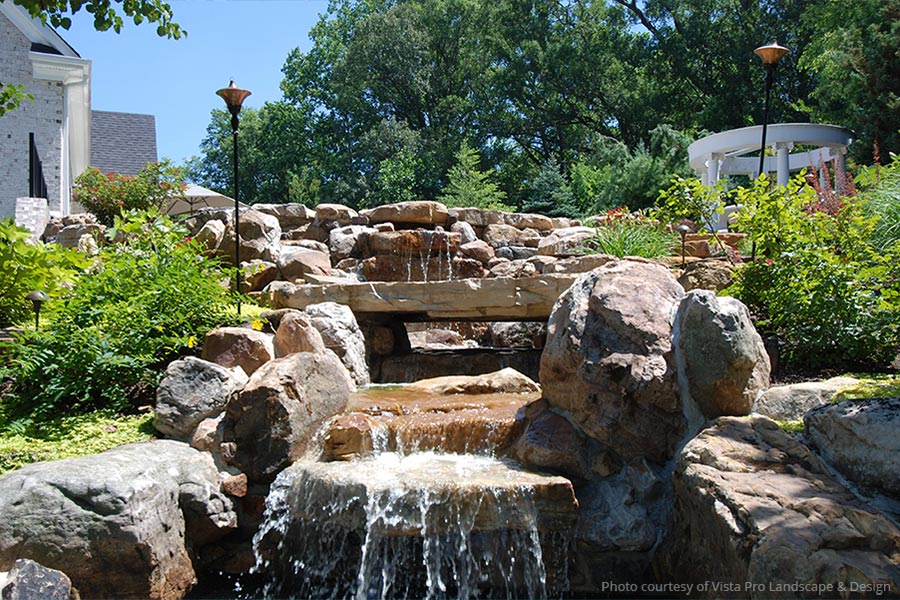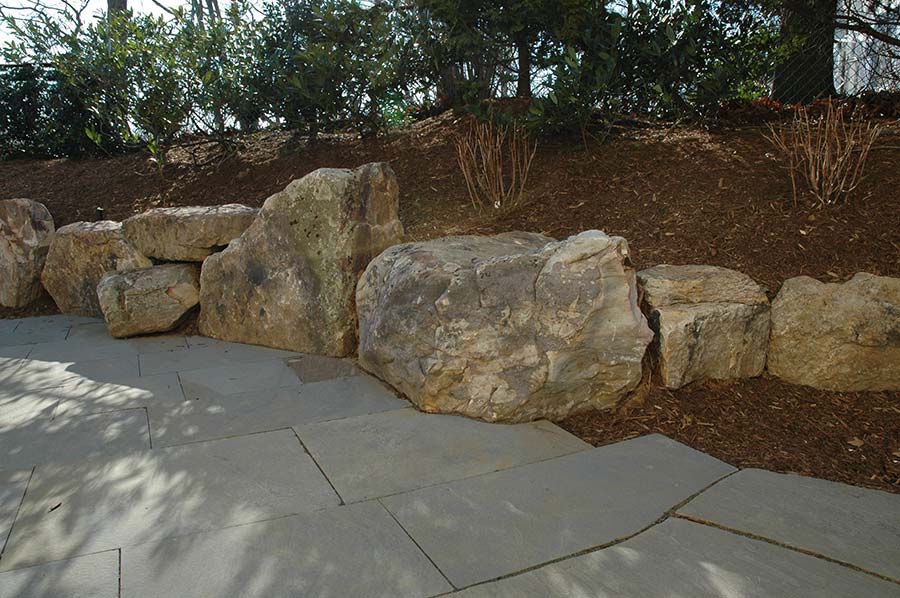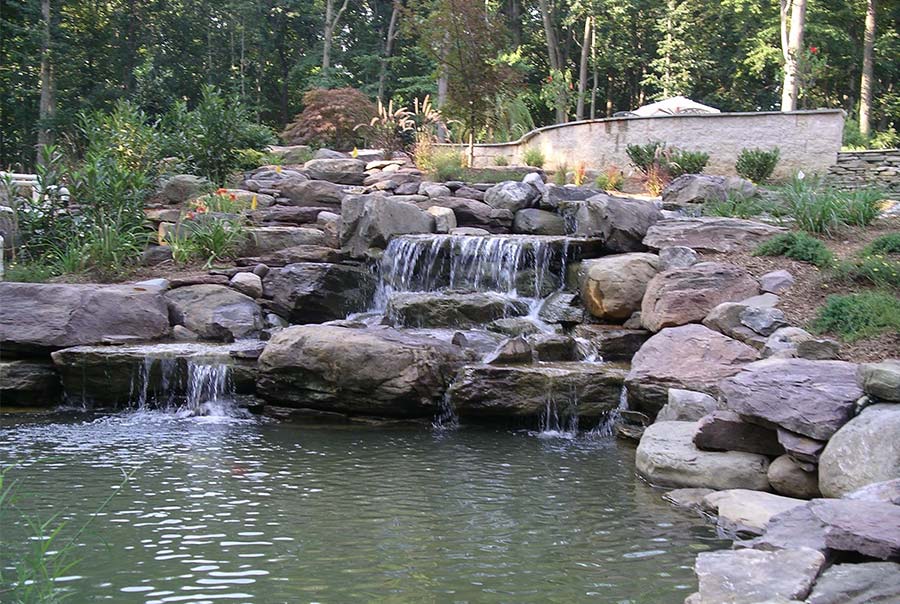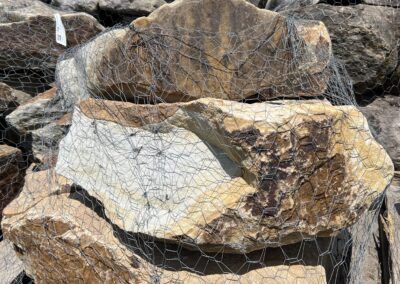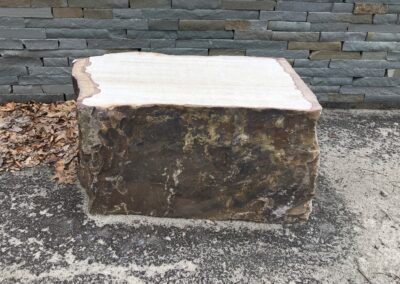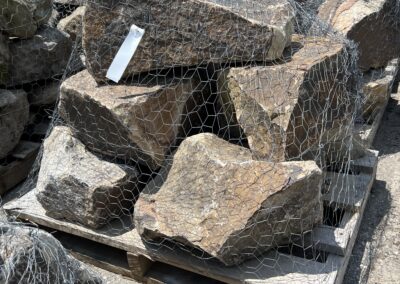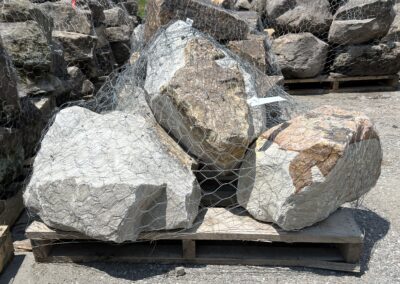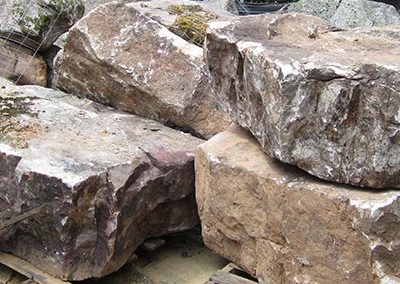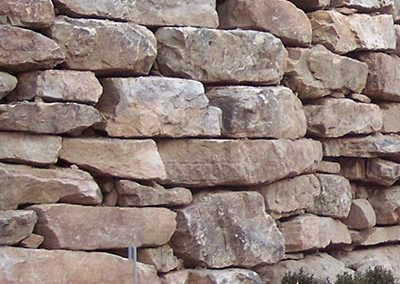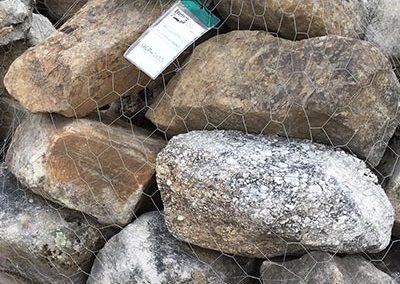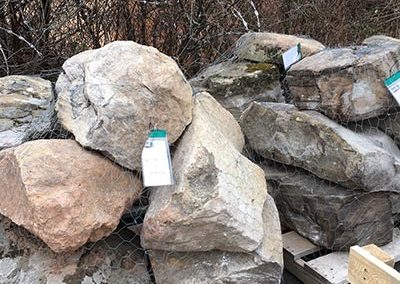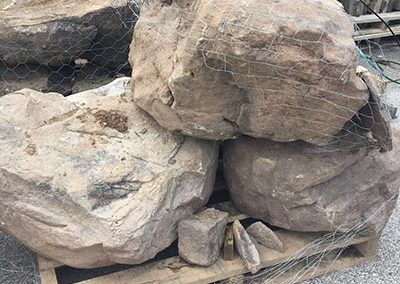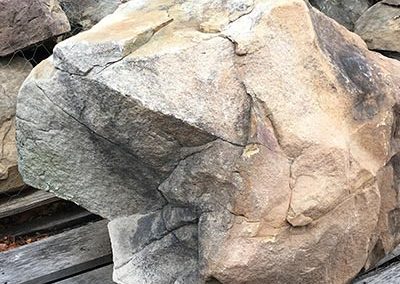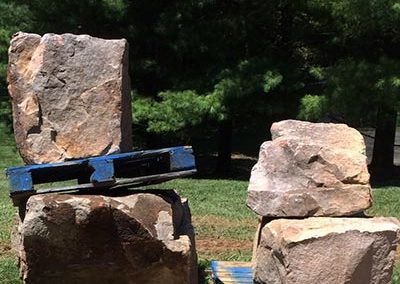Landscaping Boulders
Landscaping Boulders from Quarry Connections
Landscaping boulders can transform any outdoor space into a visually striking and natural-looking environment. Integrating these large rocks into your garden or yard not only adds a rugged, earthy element to the landscape but also serves functional purposes. Here’s an overview of how you can use landscaping boulders effectively, along with some tips on selection, placement, and maintenance.
Quarry Connections inventories a unique assortment of boulders in a variety of sizes and shapes. Visit our stoneyard to explore the different textures, sizes, and colors available.
What are Landscaing Boulders?
Landscaping boulders are large rocks, typically measuring at least one foot in diameter, used to enhance the aesthetic and functional aspects of outdoor spaces. They come in a variety of shapes, sizes, colors, and types of rock, including granite, limestone, and sandstone, among others.
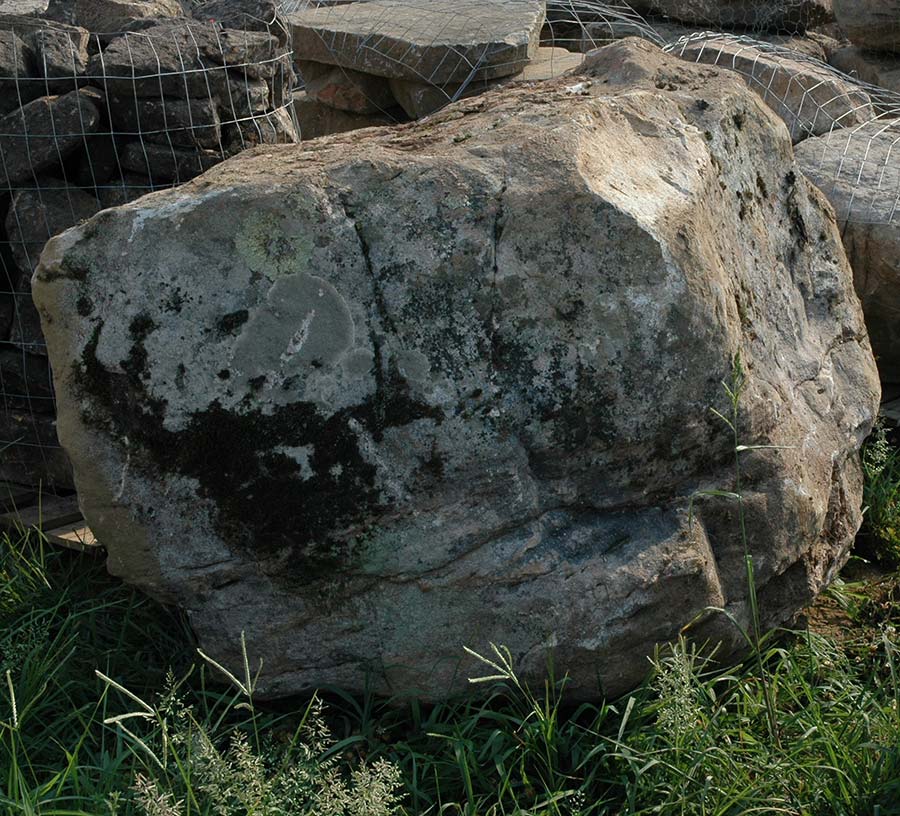
Benefits of Using Landscaping Boulders
- Visual Appeal: Boulders add texture, contrast, and focal points within a landscape, making outdoor spaces more interesting and dynamic.
- Low Maintenance: Once placed, boulders require little to no maintenance, making them an ideal choice for those seeking a beautiful yet low-maintenance landscape.
- Durability: Being natural stones, boulders are incredibly durable and can withstand harsh weather conditions without deteriorating.
- Erosion Control: Strategically placed boulders can help prevent soil erosion by breaking the flow of water, especially on slopes.
- Natural Habitat: Boulders can provide microhabitats for various forms of wildlife, from insects to small mammals and birds.
How to Choose the Right Boulders
- Size and Scale: Consider the size of the area where the boulder will be placed to ensure it complements the landscape without overwhelming it. A good rule of thumb is to choose a boulder that’s proportional to the size of your garden or yard space.
- Color and Texture: Select a boulder with colors and textures that match or complement your existing landscape design. Natural stone colors can range from grays and browns to reds and greens, and the texture can be smooth or rough, each adding a different visual element to your garden.
- Placement Strategy: Think about the purpose of the boulder in your landscape. Is it a focal point, a seating area, or part of a water feature? Its placement should feel natural, as if it was there naturally, which might involve partially burying it or positioning it among plants and other natural elements.
Tips for Placement
- Plan Ahead: Sketch your landscape design before placing boulders. Consider how they will look from various angles and ensure they blend naturally with the surroundings.
- Grouping: Placing boulders in groups or clusters, varying in size, can create a more natural appearance. Odd numbers are generally more pleasing to the eye.
- Bury Them: Bury a portion of the boulder in the ground to make it look as though it naturally emerged from that spot. This technique also provides stability.
- Use as Functional Elements: Beyond aesthetics, boulders can serve as natural seating, property boundaries, or even as a support for other landscape features like waterfalls.
Maintenance and Care
Landscaping boulders are inherently low maintenance. However, periodic inspections to ensure they haven’t shifted, especially after extreme weather events, can help maintain the safety and aesthetics of your landscape. Cleaning them occasionally with water can remove dirt or debris and keep them looking their best.
Incorporating landscaping boulders into your outdoor space can significantly enhance its beauty and functionality. By carefully selecting, placing, and maintaining these natural elements, you can create a stunning landscape that stands the test of time. Whether you aim for a minimalist design or a more elaborate rock garden, landscaping boulders offer a versatile and durable solution to meet your aesthetic and practical landscaping needs.
